Grow Basil And Other Herbs In Your Garden
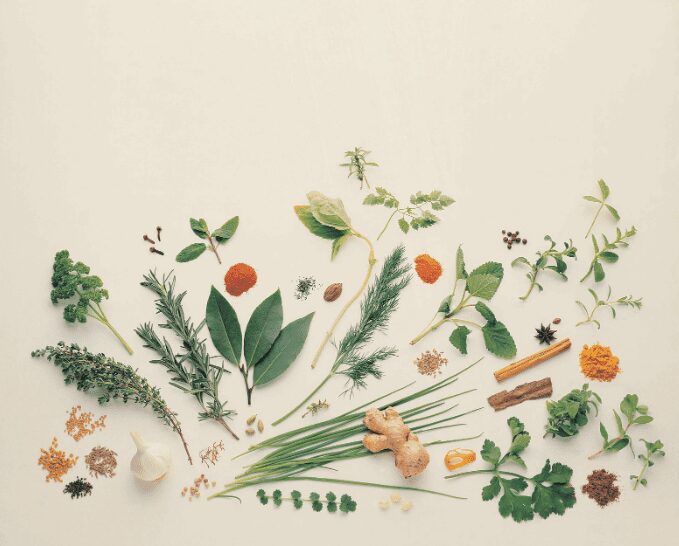
How To Plant Spice Herbs At Home
Plant the seeds of annual spice herbs, including parsley, cilantro, dill, and basil. One seed packet contains a lot of seeds, so plant just a few at a time indoors and preserve the rest for your outdoor garden.
Many retailers sell perennial herbs like sage, mint, oregano, and thyme in pots in the vegetable area.
Don’t disregard indoor-grown lemongrass and bay-leaf plants in pots.
Most warm-weather herbs, like basil, can be transplanted or seeded outside until May 15, the average final spring frost date in the Chicago area.
Grow herbs on a ledge that faces south or west or under a kitchen cabinet with an LED or other light bulbs in the interim.
They should receive 10 to 12 hours of light daily if you’re growing them under lights.
Trimming the plants’ leaves and stems tops will keep them stocky and promote more development.
Here Are My Own Top Ten Picks
Basil

1. Basil is a delicious ingredient in pesto, vinegar, salad dressings, and sauces.
Look for unusual flavors like lime basil, Siam Queen Thai basil, cinnamon basil, and lemon basil, in addition to the typical large-leaf kinds.
Consider how the leaves will appear in a salad; some plants, such as Dark Opal, Purple Ruffles, and Red Rubin, have dark purple or deep red leaves.
Basil pesto perpetuo features leaves that are green and white. There are also compact dwarf basils that grow to a height of 12 inches and are half as big as other basils. All are simple to grow from seed.
Parsley

2. Freshly chopped parsley has the most excellent flavor. Parsley with flat and curly leaves can be grown from seed with ease.
The leaves turn bitter once the plant blooms. By regularly harvesting the leaves, you can avoid this.
Dill
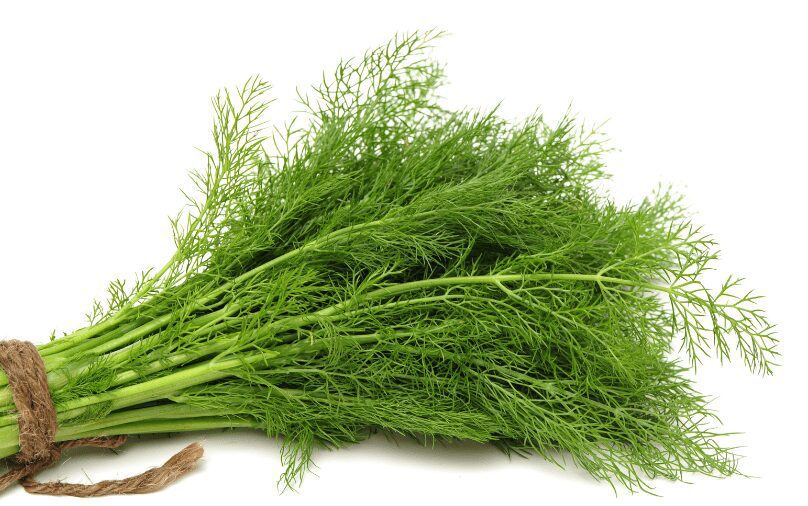
3. Dill is used in a variety of dishes. It works well in gravies, egg dishes, and potato dishes. It goes nicely with chicken, cheese, carrots, green beans, peas, and cottage cheese, as well as in a cucumber salad.
The plant seeds can be saved when it blooms and used to make pickles or baked bread. Depending on the cultivar, you can begin collecting leaves as soon as 40 days after seeding.
Chervil
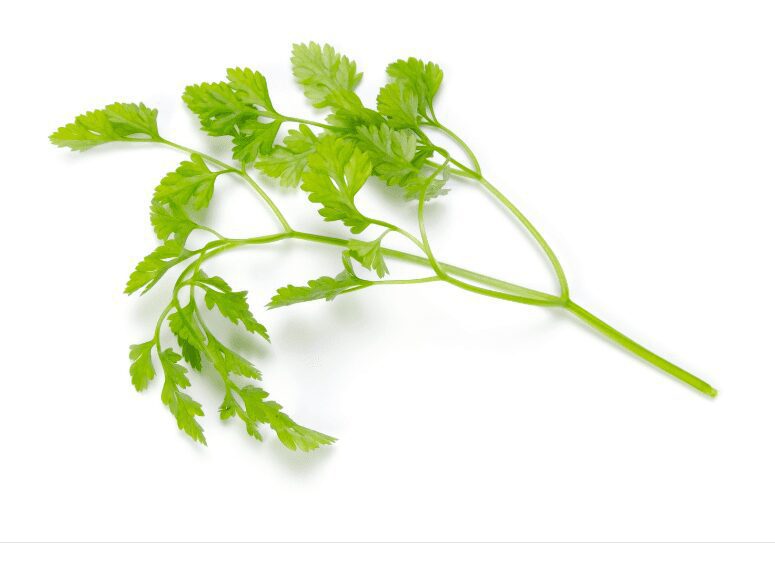
4. The parsley family includes the underutilized herb chervil. With a touch of anise and lemon, it has a delicate flavor akin to parsley. Every three to four weeks, sow seeds.
In warmer temperatures, chervil quickly flowers and bolts (goes to seed). It goes well with seafood and is excellent in salads, soups, and vinaigrettes.
Add it before serving if you’re using it in a soup or other hot meal. Chervil’s flavor will be diminished by overcooking.
Cilantro
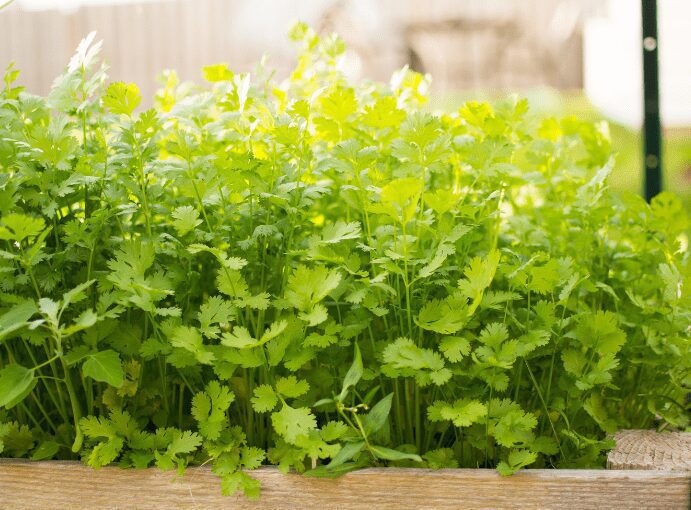
5. Indian, Thai, and Mexican cuisine all frequently use cilantro. It is commonly used in chicken salads and salsas.
From spring to fall, plant the seeds every two to three weeks. The plants produce blossoms that swiftly turn to coriander-flavored seeds.
The cilantro plants usually turn yellow after flowering, which is no longer viable.
Harvest the leaves frequently to postpone flowering, and look for “bolt-resistant and heat-tolerant” types like Caribe.
Oregano
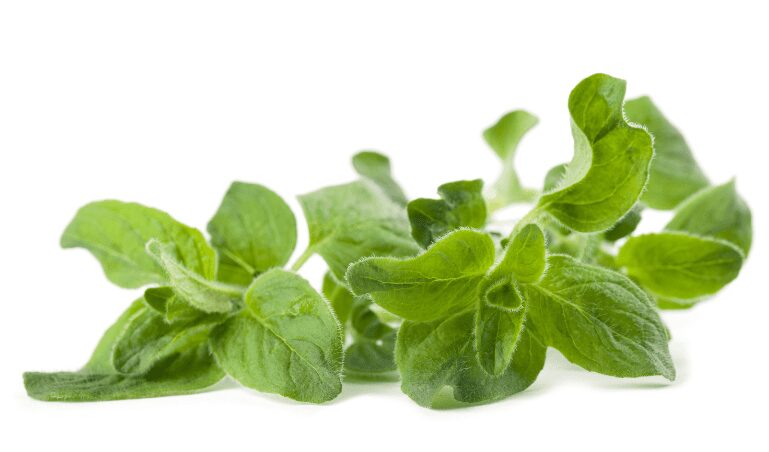
6. The perennial herb oregano has purple or white blooms. It is frequently used with meats, tomato sauces, soups, stews, and Italian and Greek meals.
Purchase a plant from the produce department, then move it to a bigger pot using a soilless potting mix. It can be grown on a bright window sill or near a light. By mid-May, you can transfer it outside.
Rosemary
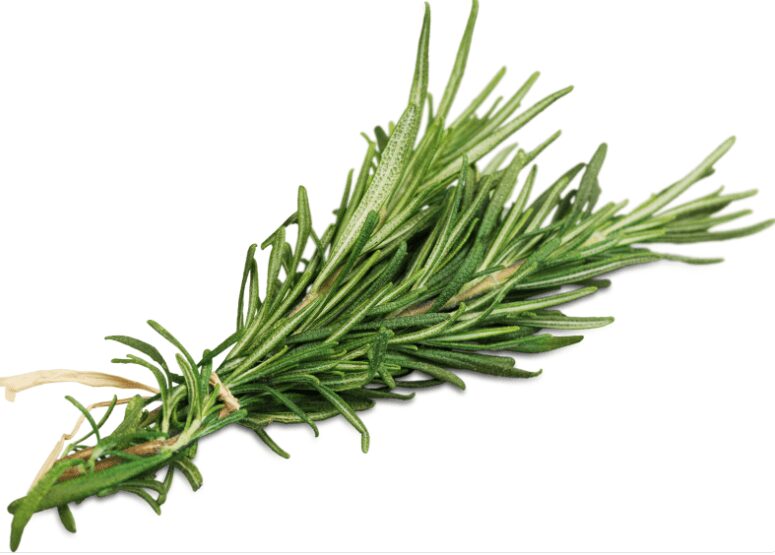
7. The herb rosemary is a delicate perennial. It can be grown indoors, moved outside in a pot in the middle of May, and brought back inside just before an autumn frost. Plants should be held in a cool, bright area with regular watering.
Although you can grow rosemary from seeds, buying a pot from a garden center or produce department is more straightforward (and quicker).
Lemon Verbena

8. The delicate perennial lemon verbena is simple to grow in a pot. The leaves taste strongly like citrus. The stems eventually turn woody.
It works well for a container that can be placed in the full sun later in spring. Cut the woody stems in half in the fall and bring the plant inside.
Thyme
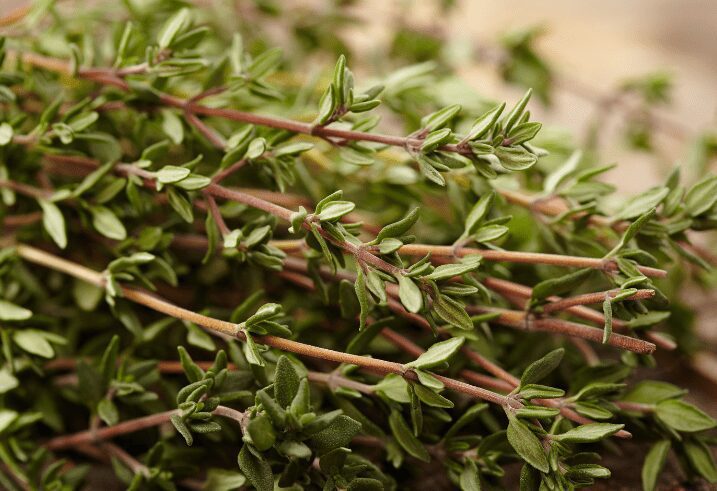
9. Thyme is a perennial herb that blooms in pink or white. More rare types have leaves with silver and golden edges or leaves that smell like lemons.
Sprigs can be used in vegetable dishes, stews, and soups. On a window sill in the light, grow it.
It can then be moved to a permanent location in the garden with well-drained soil and direct sunlight.
Chive
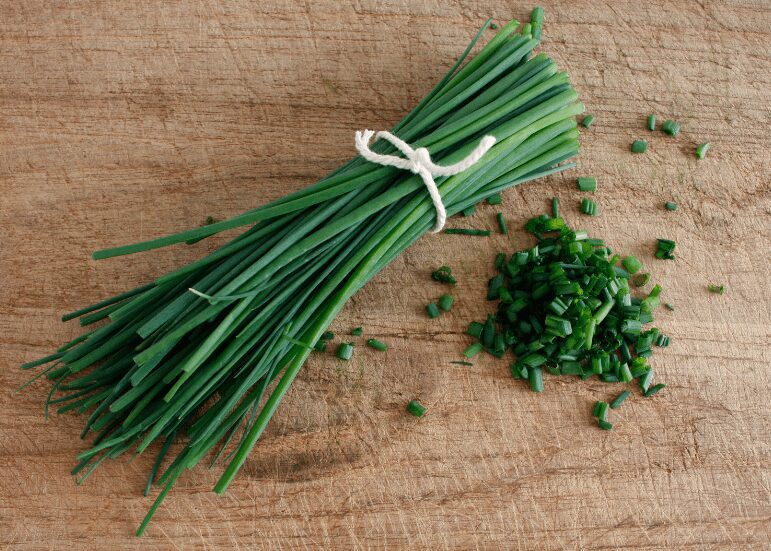
10. A hardy perennial in the Allium family is the chive. They are easy to grow from seed in pots and are prolific.
The skinny green stems can be minced and added to omelets, soups, salads, and herb butter. When the plant has finished blooming, cut and remove the flowering stems.
While You Are At It, Why Not Try This Delicious Recipe
Saifun Noodles
Also known as bean threads or cellophane noodles and fashioned from green mung beans, are excellent in cold meals.
Use a rice stick if saifun is not available. As saifun is a flavorless pasta, give this salad at least 30 minutes in the refrigerator before serving so the basil can impart its herbal flavor.
Thai and Italian basil can be used in this salad. However, their flavors are slightly different. (To prevent hurting the leaves, don’t slice the basil; rip it instead.)
Saifun Noodle Salad
Serves 4
- 8 oz (250 g) package saifun bean thread noodles
- 1 cup (250 mL) grape tomatoes, whole
- 1 small English cucumber, diced
- 2 tbs (30 mL) of minced fresh mint leaves
- 2 or 3 green onions, minced
- a few cilantro leaves, chopped
Dressing:
- 1/4 cup (50 mL) rice vinegar
3 tbs (45 mL) sugar - grated zest and juice of 1 lime
2 tbs (30 mL) Thai basil or Italian basil, torn - 2 garlic cloves, mashed
- 1 teaspoon (5 mL) red chile paste
- 2 teaspoons each, (10 mL) fish sauce and soy sauce
- 1/4 cup canola oil
- 1/2 teaspoon (2 mL) sesame oil
Saifun should be softened for around 5 minutes in a dish of warm water before being cooked for 1 minute in boiling water.
To stop the cooking, drain and immediately rinse with cold water. Saifun needs to be slightly delicate.
Until you’re ready to assemble the salad, cover and keep it in the refrigerator.
Whisk together all ingredients for the dressing. Taste to correct the seasoning.
Add the chilled noodles to a big salad dish: tomatoes, cucumber, mint, onions, and cilantro.
Pour dressing over the top, then thoroughly toss. Let the salad sit in the refrigerator for 30 minutes before serving so the saifun may take in the flavors.






















